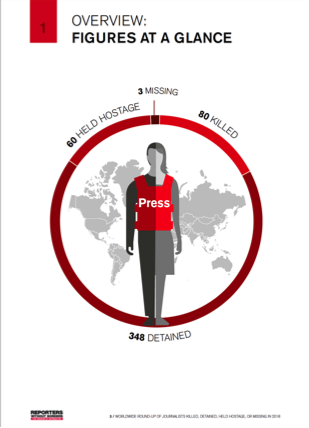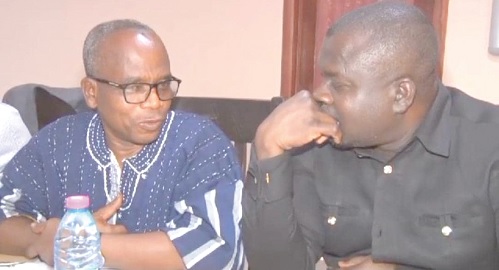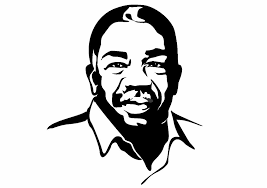Deadliest countries – Journalist killed 2018
The 2018 round-up figures compiled by Reporters Without Borders (RSF) include professional journalists, non-professional journalists and media workers. The round-up distinguishes these categories of media workers in order to facilitate comparison with previous years.
Compiled by RSF every year since 1995, the annual round-up of abusive treatment and deadly violence against journalists is based on precise data. We gather detailed information that allows us to affirm with certainty or a great deal of confidence that the death, detention, abduction, or disappearance of each journalist was a direct result of their journalistic work. In regard to the number of deaths, we distinguish as much as possible between journalists who were deliberately targeted and those who were killed while reporting in the field. We do not include a journalist in the round-up if we are still investigating their death, detention, abduction, or disappearance because we are not yet confident that it was linked to their work.
The deadliest countries on earth where death happened thank God does not include Ghana. But the number of attacks in Ghana are disturbing. Check out the league table
Afghanistan – 15
This year’s increase in the number of media fatalities is due in part to bombings and shootings targeting the media in Afghanistan, which was the world’s deadliest country for journalists and media workers in 2018, with a total of 15 killed in violent attacks.
A double bombing in Kabul on 30 April killed nine journalists, including AFP photographer Sha Marai Fezi and six Radio Free Europe and Tolo News reporters. Claimed by Islamic State, this attack deliberately targeted journalists. It is regarded as the deadliest attack on the media in Afghanistan since the fall of the Taliban regime in 2001, and the deadliest attack against journalists in the world since the 2009 massacre in Maguindanao, in the Philippines, in which at least 32 journalists were killed. A tenth journalist, BBC reporter Ahmad Shah, was shot dead by unidentified gunmen a few hours later the same day in Khost.
Syria – 11
A total of 11 journalists, all Syrians, were killed in connection with the conflict in Syria in 2018. They included two professional journalists, eight non-professional journalists and a media worker, nearly all killed in airstrikes and artillery bombardments. The number of deaths is falling but some journalists, especially non-professional ones, are taking ever greater risks to cover the war.
Yemen – 8
Eight journalists were killed in Yemen in 2018, up from two last year. The country is descending ever deeper into a horrific war and fighting continues to rage despite international calls for an end to the conflict. The UN recently described the situation in Yemen as the “world’s worst humanitarian crisis.” When not being killed in air strikes, journalists die as a result of mistreatment in prison. This was the case with Anwar al Rakan, a journalist who was held by the Houthis for nearly a year. He died on 2 June just days after being released in an already terminal condition. His family said he was ravaged by starvation, torture, and disease when released.
Others-

Iraq – 0
For the first time since the US-led invasion in 2003, RSF has registered no media fatalities in Iraq. After three years of bloody clashes, government forces have succeeded in defeating Islamic State and retaking control of the country. The recovery of Mosul and other strategic points marked the end of a conflict in which many journalists lost their lives in the preceding years.
Source: Reporters Without Borders (RSF) is an independent NGO that defends and promotes journalistic freedom and independence worldwide. Based in Paris, it has six international bureaux (in Washington, Rio de Janeiro, Taipei, Tunis, London, and Brussels), six European sections (Austria, Finland, Germany, Spain, Sweden, and Switzerland) and a network of more than 130 correspondents across the world. It has consultative status with the United Nations, UNESCO, the Council of Europe and the International Organization of the Francophonie (OIF).
This post has already been read 886 times!








Post Comment